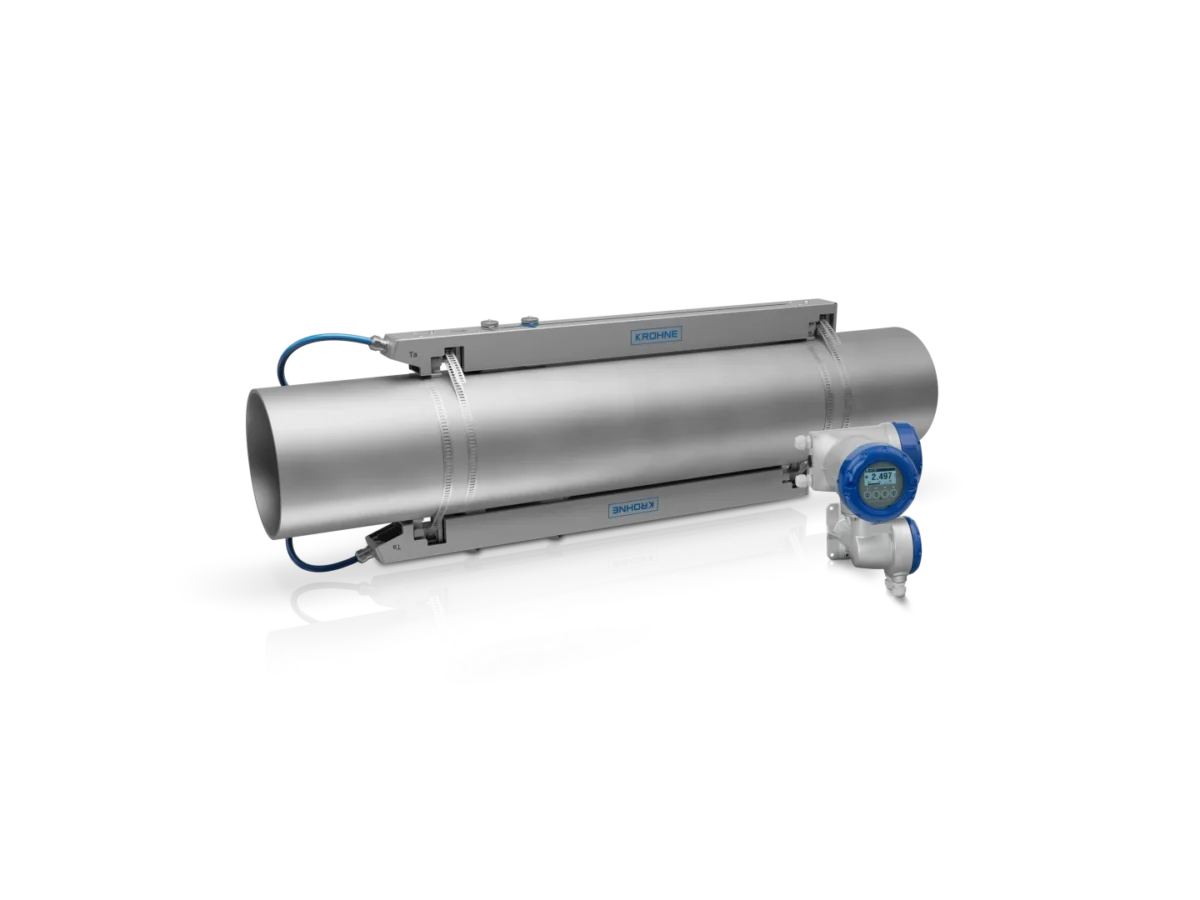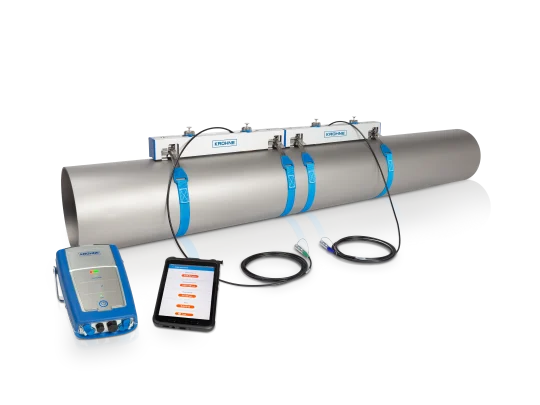

Ultrasonic flow meters have revolutionised the way we measure flow in various applications. Their non-contact and maintenance-free nature makes them a popular choice. However, as with any technology, there are vital considerations to maximise accuracy. This article will delve into the critical aspect of sensor placement over a flume (or weir) to balance accessibility and accuracy.
The Trade-off: Accessibility vs. Accuracy
When mounting an ultrasonic sensor over a flume or weir, there’s an inherent trade-off between accessibility and maximum potential accuracy. Let’s explore this delicate balance:
1. Accessibility (Sidewall Mounting)
Mounting the sensor near the side of the flume offers easier access for installation, maintenance, and adjustments. This sidewall positioning can be a practical choice, especially when accessibility is a concern. It simplifies the sensor’s installation and maintenance, making it more accessible for routine checks.
2. Maximum Potential Accuracy (Centreline Mounting)
On the other hand, mounting the sensor over the centreline of the flume or weir holds the promise of achieving the utmost accuracy in flow measurement. When the flow approaching the flume is appropriately conditioned and correctly set up, this centreline positioning can provide highly accurate readings.
The Role of Flow Condition and Flume Setup
The accuracy of ultrasonic flow meters is significantly influenced by the condition of the flow approaching the flume and the proper setup of the flume itself. Understanding that sidewall or centreline placement can be acceptable under the right conditions is crucial.
Flow Conditioning
Properly conditioned flow is essential for accurate measurements. If the flow entering the flume has been adequately prepared, and turbulence has been minimised, readings at the sidewall can align closely with those taken at the centre of the flume. Flow conditioning ensures that the flow behaves consistently, reducing the risk of inaccuracies.
Turbulence and Distribution
However, real-world scenarios may introduce turbulence or uneven flow distribution. In such cases, readings at the sidewall might diverge from those at the centreline. Turbulence can disrupt the flow patterns, impacting measurement precision.
The Accuracy Myth
It’s important to note that assuming the centreline reading is automatically more accurate can be a misconception. While centreline mounting offers the potential for maximum accuracy, achieving this accuracy depends on various factors, including flow condition, flume setup, and sensor calibration.
Conclusion: The Art of Sensor Placement
In ultrasonic flow meters, sensor placement is indeed an art. Balancing accessibility with accuracy is a crucial consideration. Proper flow conditioning and flume setup are pivotal in ensuring that sidewall or centreline mounting delivers reliable and precise flow measurements. Remember, the key to optimal accuracy is understanding your application, assessing flow conditions, and implementing the proper setup. Whether you choose sidewall or centreline mounting, with the right approach, you can harness the power of ultrasonic flow meters to streamline your flow measurement processes and e

